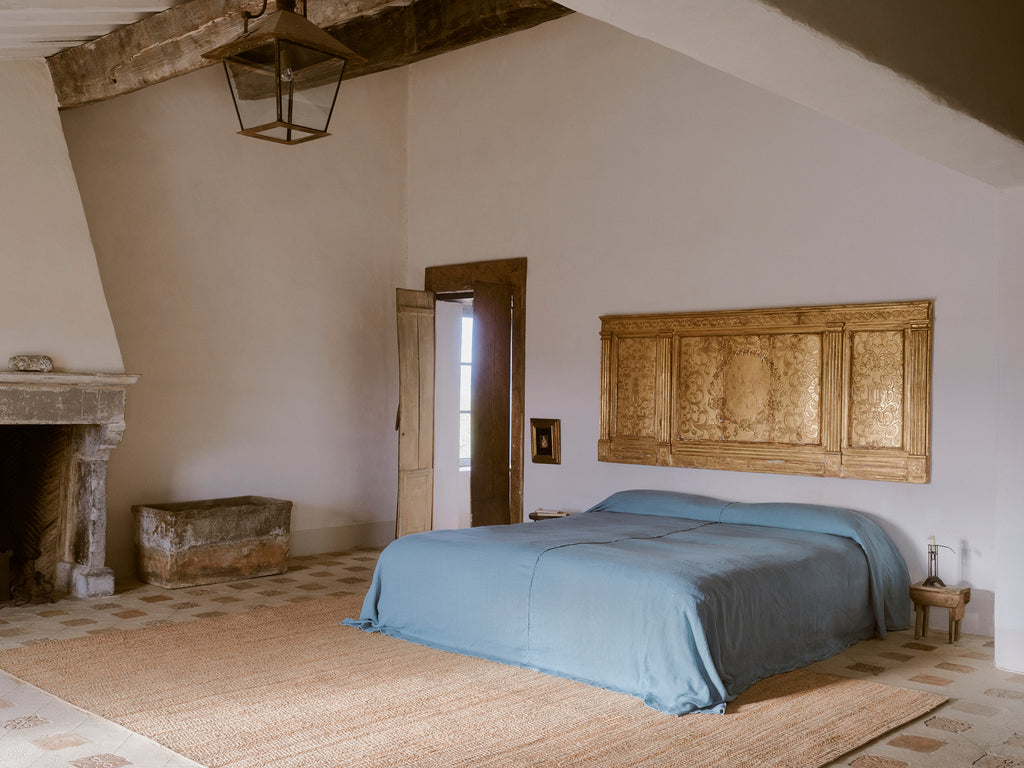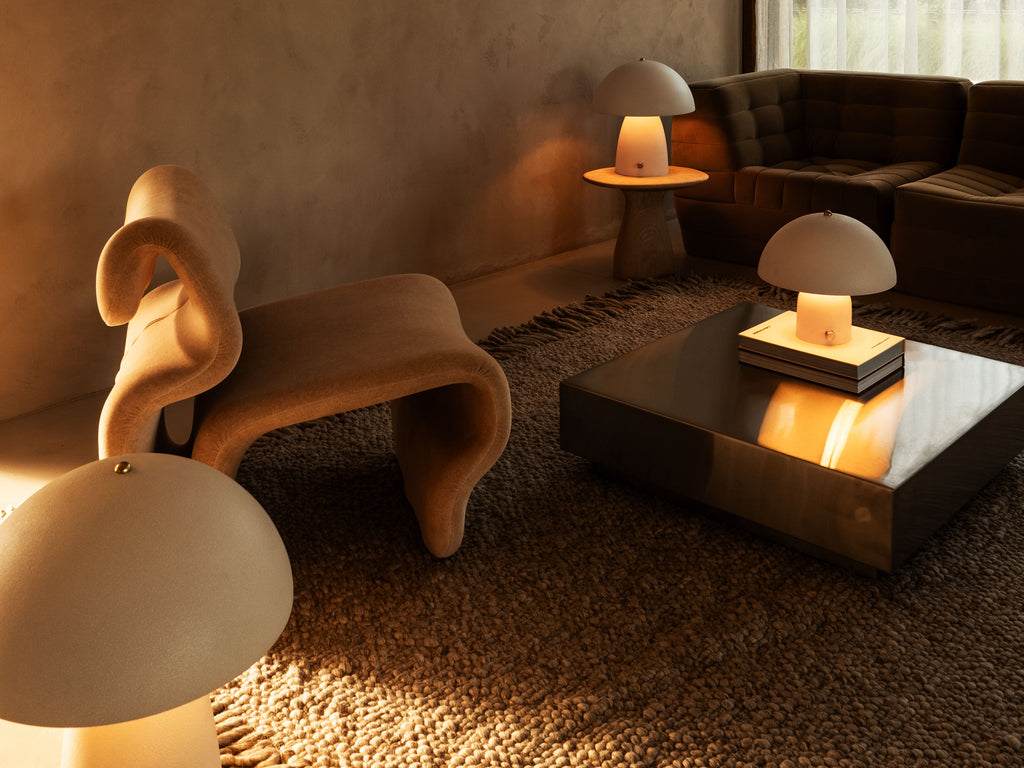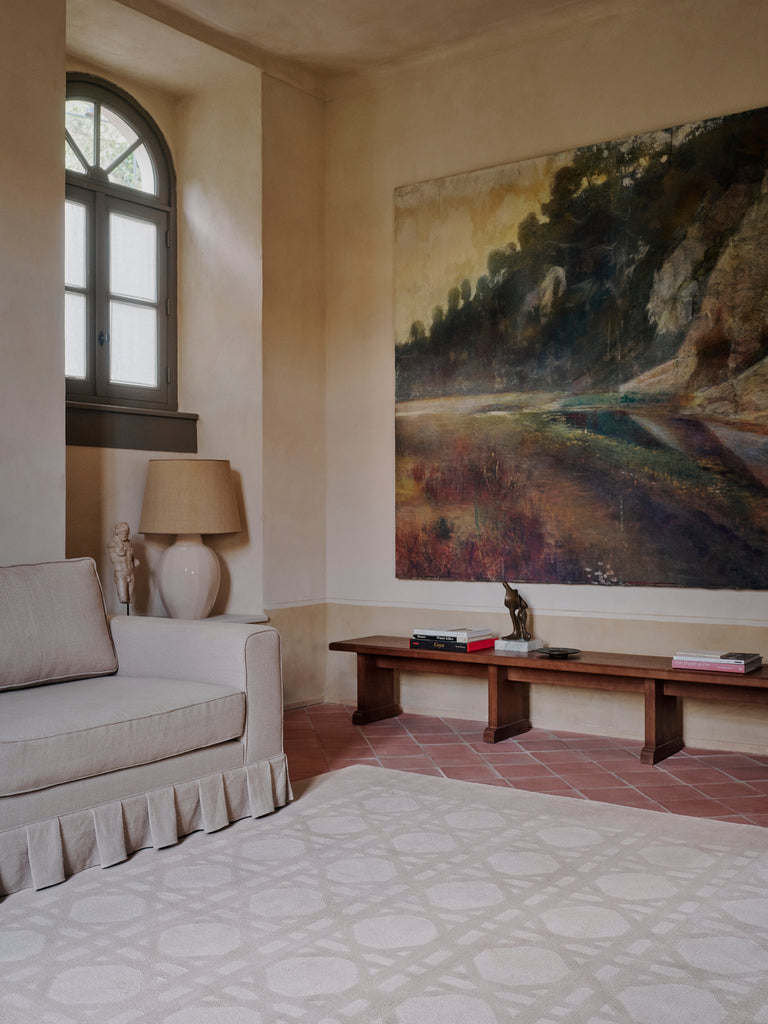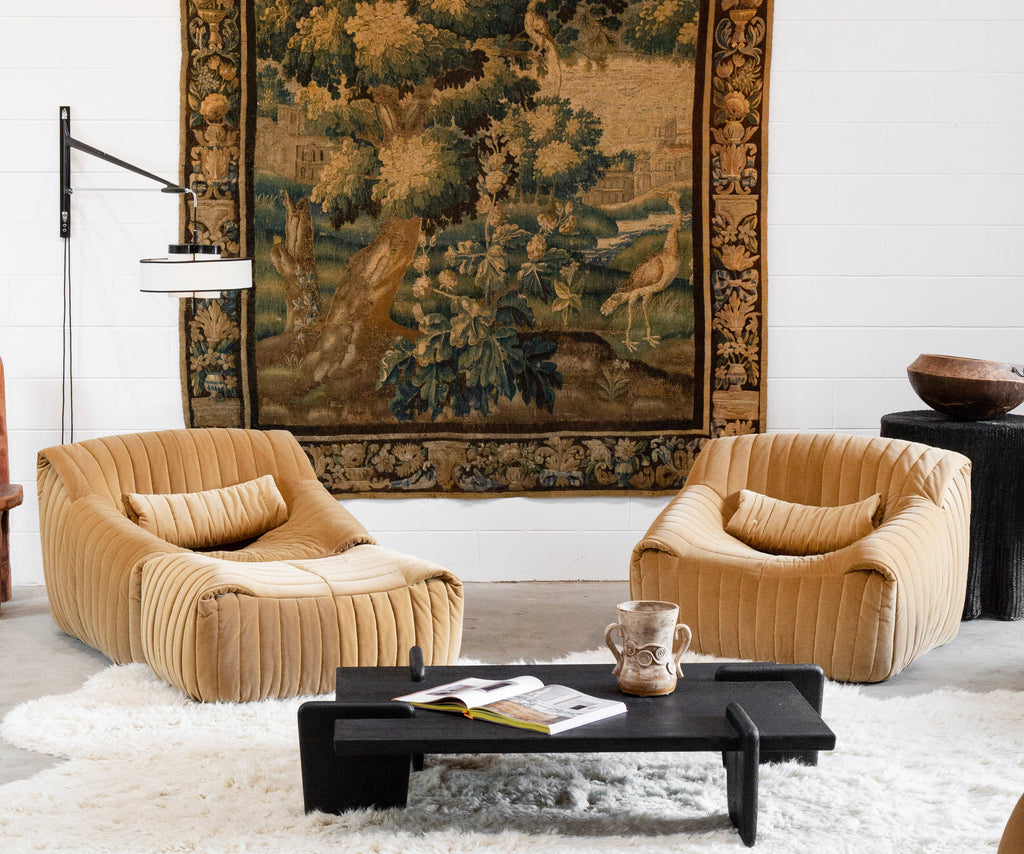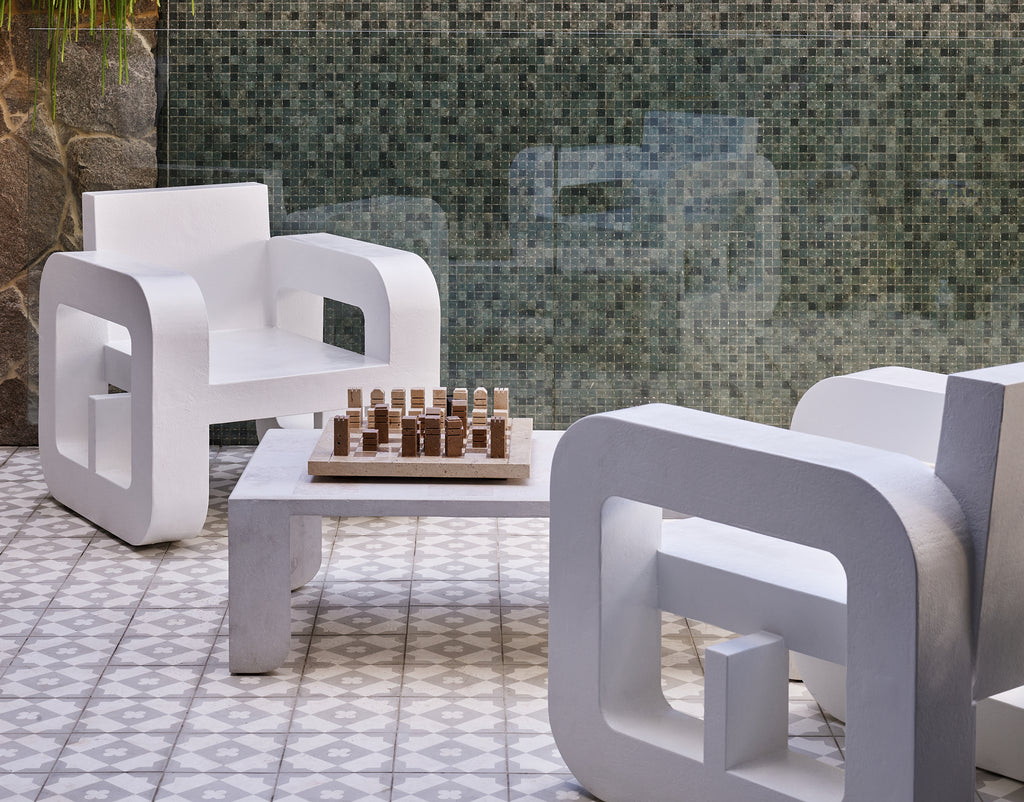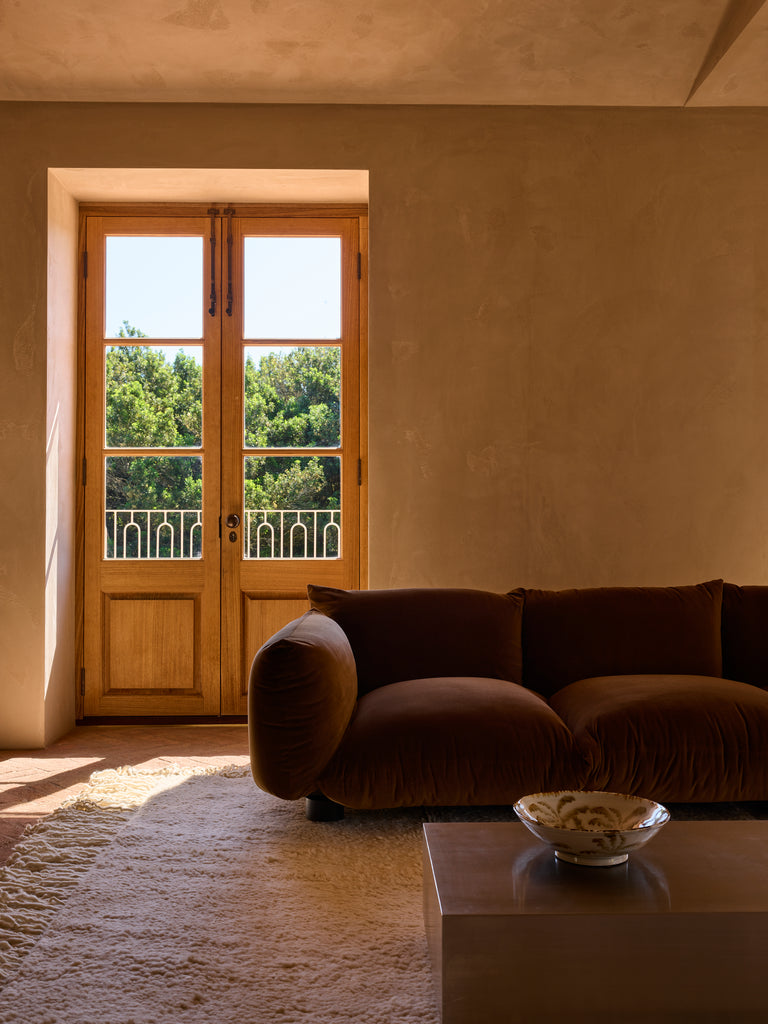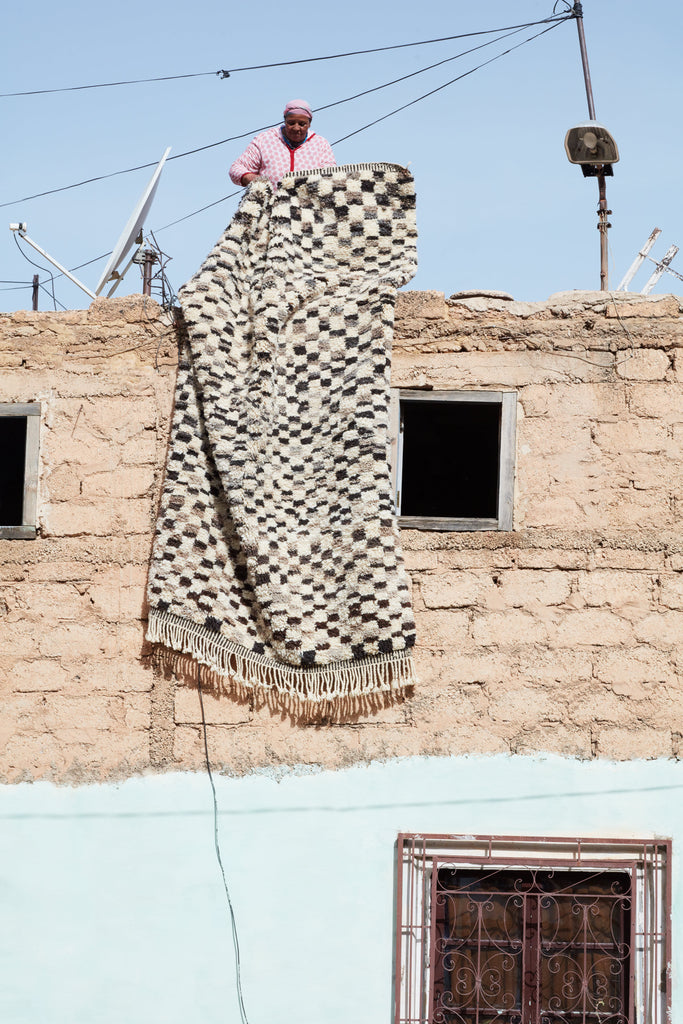
DESIGN FOCUS
Moroccan & Turkish Rugs
Tigmi’s origins stem from our love for the traditional artisanship and rich cultural and historical value of rugs. These pieces are deeply connected to family and story and can vary dramatically in style and palette depending on the region they are made and reflect the traditions of the skilled artisans who create them.
However no matter the style, they each share the ability to add an intangible sense of history and soul to any space.
Here we share with you some insights into what makes these pieces so special, and how we like to interpret them into our spaces.
Moroccan Rugs
For some time now, Moroccan Rugs have been coveted by design enthusiasts everywhere. With a myriad of styles and designs, each reflects the individual Berber tribes they originate from.
Perhaps the most recognisable of the Moroccan rugs is the Beni Ourain. These rugs were made by the Berber tribes based in the Middle Atlas Mountains. Used originally as blankets on their beds to keep warm during the winter, they are made from a thick wool known to be some of the softest in the world and often feature simplistic weavings of diamond lozenge patterns (tied to fertility) in a natural wool palette of off-whites, browns and blacks.
In other regions, you will find vastly differing styles that feature deep reds, purples or blues (Beni M’Rirt) to joyfully colourful designs made from recycled materials (Boucharouette) all of which tell the stories of and have deep cultural significance to the women who weave them.
Due to variety and the very nature of the unstructured and unrefined patterns that depict the individual stories found in the designs make Moroccan rugs so easy to apply to any interior space.




Turkish Rugs
Turkish rugs have been renowned for their beauty and intricate design for centuries with the oldest Turkish carpet found to originate back to the 13th century. An essential part of the country's culture and history, the rugs represent Anatolia and Central Asia and their civilizations and are influenced by the ebb and flow of different cultures moving through the region over centuries. One-of-a-kind and handmade in densely woven small knots, each design is adorned with traditional symbols that are passed on between generations of women.
Made with predominantly wool (although can also include cotton or silk) Turkish rugs are generally either a low pile such as the Oushak or are a flat weave kilim. The designs can differ from soft and intricate patterns and motifs to more graphic and bold designs. Once complete, the rugs are often laid out to dry in the sun in order to allow them to fade, creating a muted palette.




Moroccan Rug Photography by Alicia Taylor and Turkish Rugs Getty found.
SHOP NEW RUGS


